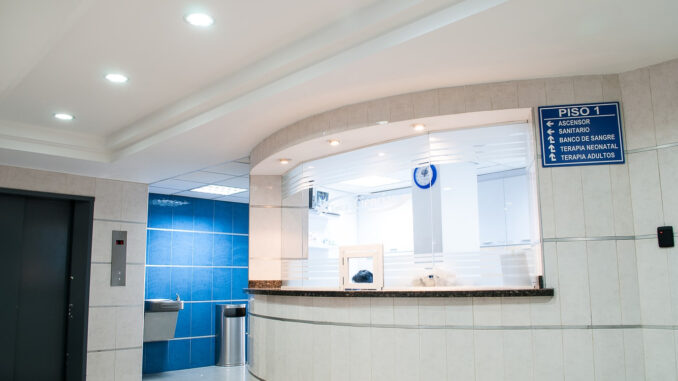
03/18/2021
Mohammad Sajjad | Staff Columnist
A few years ago, I was looking for a new primary care physician (PCP) to treat a seasonal cough that had become quite debilitating. At the time, my insurance company was no longer covering my previous provider given that he was out of network.
Much to my surprise, after finding a provider within my network, I had to wait approximately three weeks to see him. Thanks to the physician’s expertise, I was able to get my cough under control. He is still someone I see to this day. However, it’s frightening to think about how the cough could have escalated if it had not been treated within a reasonable amount of time.
Gaining entry into the health care system is difficult for many reasons. Whether it’s a lack of available services or inadequate insurance coverage, there are many barriers to receiving adequate care. Companies such as CVS and Walmart have worked to make health care more convenient for patients by offering retail health clinics. While these clinics improve access to health care, patients should be reminded that they are not a replacement for an individual’s PCP.
Retail-based clinics (RBCs) such as CVS’s MinuteClinic mainly focus on providing services for minor illnesses and injuries. Patients can be treated for strep throat or a sprained ankle, all without an appointment and at a price cheaper than a doctor’s office or emergency room visit.
Companies like CVS have been looking to expand their services even further. Starting in 2019, CVS has selected multiple stores across the country to serve as HealthHUBs for their respective communities. These HealthHUBs are distinct from traditional CVS stores in that they focus mainly on providing services for chronic disease states, such as high blood pressure, diabetes and asthma. These are conditions that cost the U.S. health care system billions of dollars each year when not controlled properly.
Based on this information, it seems as if retail health clinics are the solution to America’s everlasting problem of inaccessibility to health care, right? Not quite.
While it is relatively easy for an individual to see a provider at a retail health clinic, many patient cases are too complex to be seen at an RBC. What seems like a simple case may be something problematic for certain patient populations.
In addition, RBCs lack continuity of care, which is essential for certain patients. PCPs can catch certain things simply because they have been seeing the patient regularly. On top of that, the patient-provider relationship can be fragmented if the patient resorts to visiting an RBC on a regular basis. Not only can this lead to a fragmented relationship, but it can also lead to gaps in the patient’s medical record, as information from a retail health clinic visit isn’t always communicated with the patient’s primary provider.
So when should a patient use a retail health clinic? According to a report from the American College of Physicians, retail clinics are fine for short-term illnesses or for when you can’t see your doctor. Otherwise, patients should aim to meet with their PCPs.
The problem of finding a PCP still remains. There needs to be more emphasis on training PCPs and increasing the number of health care professionals that serve as primary providers. Without this, patients will be resorting to retail health clinics where they may not be receiving appropriate care.
Improving access to care in the United States is no easy task. It will take everyone involved in the healthcare system, both physicians and retail entities alike, to ensure that Americans across the country are able to access the care that they need and deserve.



